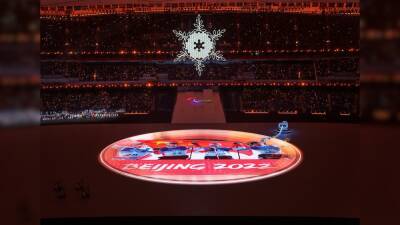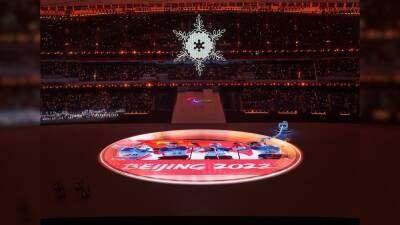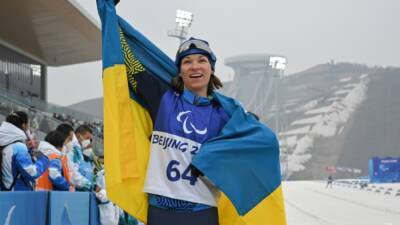Explaining impairment classification and factored times at the Winter Paralympics
Canada flew out of the gates at the Beijing Paralympics, with three medals on Day 1 alone.
Mollie Jepsen, an LW6/8-2 athlete, won gold in the women's standing downhill. Mac Marcoux, a B3 athlete, scored silver in the men's visually impaired downhill. And Mark Arendz, an LW6 athlete, collected biathlon bronze in the men's standing sprint.
You may have watched some of these events and wondered what those letter-number combinations mean, or why there were oddly specific percentages next to athletes' names in the start list.
It's all part of the impairment classification system used by the International Paralympic Committee and sport federations to create a more even playing field.
There are 10 eligible impairments for the Paralympics:
However, athletes don't only compete within their category. Para alpine and Para Nordic are split into sitting, standing and visually impaired. In wheelchair curling and Para ice hockey, athletes of different impairments compete on the same team. Para snowboard is divided into two categories for leg impairments and one for arm impairment.
Jepsen, for example, was born missing fingers in her left hand. That puts her in the LW6/8-2 category with other athletes who have below-elbow amputations, limb deficiencies or nerve injuries affecting muscle power in that area.
WATCH | What you missed on Day 1 of the Beijing Paralympics:
The bronze medallist, Sweden's Ebba Aarsjoe, is an LW4 athlete, meaning one leg is impaired. In general, a higher first number denotes a less severe impairment.
To account for that difference, the Paralympics uses a system called factored time.
Standing skiers can have leg or arm impairments, while sitting skiers have at least the former and are classified based on their






